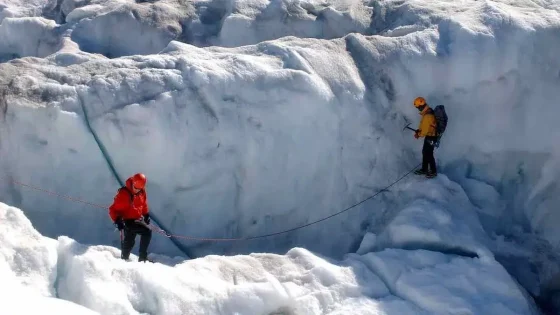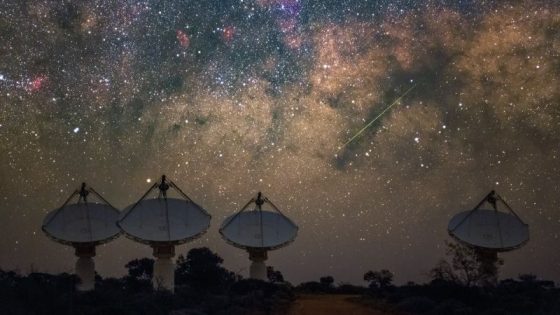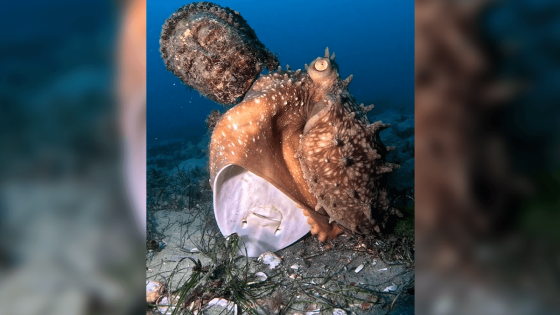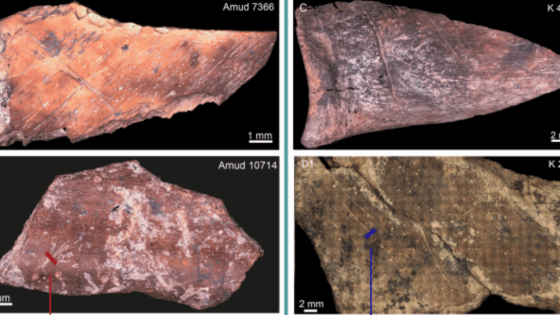NASA’s Curiosity rover has recently captured fascinating images of what appears to be a coral-like structure on Mars. This discovery, made on July 24, 2025-08-07 20:34:00, highlights the intriguing geological history of the Red Planet.
- Curiosity rover finds coral-like rock on Mars.
- Rock formed by ancient water and erosion.
- Images taken with high-resolution camera.
- Gale Crater is Curiosity's landing site.
- Evidence of past habitability on Mars.
- Other unusual rocks also discovered by Curiosity.
Upon closer inspection, the object is a small, wind-eroded rock, measuring about 1 inch wide. Its intricate branches resemble coral formations found in Earth’s oceans, prompting scientists to explore the ancient conditions that led to its creation.
The resemblance of these Martian rocks to coral raises important questions about the planet’s history. How did these formations come to exist, and what do they tell US about Mars’ past environment?
- Coral-like rocks formed billions of years ago when Mars had water.
- Minerals from ancient water deposited in cracks, creating solid veins.
- Wind erosion over millions of years shaped these unique structures.
As we continue to investigate these geological wonders, who knows what other secrets Mars may reveal? Future missions could provide even deeper insights into the planet’s history and its capacity to support life.

































